1) I’ll feel much better about a debt ceiling deal after we actually have a successful vote in the House, but, for now, I quite like Yglesias‘ 17 takeaways:
-
If you ignore everything about the circumstances of how this came together, it’s really not a bad deal.
-
In particular, the big GOP win here is that they forced Biden to agree to flat nominal discretionary spending for one year and then a one percent nominal increase the year after that, which is a significant cut in inflation-adjusted, per capita, or GDP terms. But that’s something Republicans could (and would) have gotten through the normal appropriations process anyway.
-
The way appropriations work is that if a new bill isn’t signed by the end of the fiscal year, the government shuts down. But Congress often avoids shutdowns during disputes by passing what’s called a continuing resolution, which just says all appropriations can continue at the previous level for X weeks.
-
Even if Biden didn’t “agree” to a two-year spending cap, House Republicans would have kept passing CRs which — by definition — are flat in nominal terms. Biden then would have had to either sign them (in which case funding is flat) or else refused to sign them, instigating a government shutdown that would have made him look ridiculous.
-
None of this is to say that the discretionary spending cuts aren’t a genuine policy and ideological win for the GOP; it’s just to point out that these are wins they could have achieved through other means.
-
Going back to the 2011 debt ceiling fight or even what Republicans were saying last fall, the point of debt ceiling hostage-taking was supposed to be to win spending concessions that can’t be won through the normal appropriations process — i.e., changes to Social Security, Medicare, and Medicaid.
-
If you want to understand how Biden ended up with his back to the wall in this deal, you have to remember that this was the original conservative aspiration. Biden’s plan was to bait Republicans into proposing cuts to these programs and then hammer them over the head with it. But they backed down on substance, which gave them the political high ground. A lot of progressives believe the GOP never does this, but it’s actually pretty common.
2) The book reviews in the Astral Codex Ten book review competition are so damn long. But, often quite fascinating. I really loved this one given the obvious public policy dimensions:
If Lying For Money‘s most important idea can be described in a single line, it’s that fraud is an equilibrium phenomenon – or, as Davies likes to put it, “It is highly unlikely that the optimal level of fraud is zero.” …
The more protections you put in place to prevent counterfeit people from falling victim to counterfeit drug scams, the more expensive it becomes to obtain drugs through the approved channels. If it becomes too expensive, people will choose to eschew it entirely, and opt for cheaper markets where they will find lower prices (and fewer fraud protections). The implied conclusion here seems to be that the optimal level of counterfeit drugs entering the system is not zero: at a certain point, the marginal cost of counterfeit prevention is so high that the resulting higher prices are enough to drive customers out of the official channels, and into the waiting arms of unlicensed internet pharmacies with fewer protections.
Why is commercial fraud so much more common in high-trust societies? Davies puts it succinctly: “Where there is trust, there is opportunity for fraud.”
In a low-trust society where everyone is suspicious of each other, it’s much harder to get away with writing a bad check, because everyone is closely scrutinizing every transaction, and/or unwilling to deal with people who aren’t already part of their ingroup of close associates. (In a society of kin-based trust networks, the threat of social fallout would presumably prevent you from defrauding your cousin or brother-in-law.)
Thus, Davies argues, when people are easily able to commit flagrant acts of fraud, this is actually a sign of a healthy high-trust society: it suggests the existence of default trust (which the fraudster then acted to exploit). If you live in a society where anyone can walk into a business meeting wearing a suit and be assumed to be reasonably trustworthy, it will be possible for a charismatic conman to pull one over on you, but the environment will also be much more hospitable to honest brokers as well. (Not only does this make a society more prosperous, it’s also just more generally pleasant when you don’t have to constantly be suspicious of your neighbors or counterparties.)
It can be tempting to hear stories of fraud victims who fell for obvious scams and presume naivety or stupidity on their part, but consider what it means when someone falls for an “obvious scam”: what does it say about their priors that they were approached by a stranger offering them favorable terms and, by default, assumed that they must be dealing with an honest broker? (Probably, it suggests that they live in a society where they’ve transacted with many actors who weren’t scammers. The scammer was able to catch them off guard because people who promise things, even strangers, usually deliver the goods!) In fact, scammers often attempt to fool their victims by mimicking the legitimate actors in the ecosystem they inhabit.
Suppose you are a venture capitalist and you’re approached by a Stanford dropout who says they’re starting a company. They don’t, technically speaking, have something that could be considered a “product” yet, but they do have a really cool idea for something that they claim might one day become a multi-billion dollar company, even though the thing that they’re suggesting has never been done before. They need $500,000 to get things off the ground (and they will probably come back to you later to ask for more money). Do you write them a check?
If you rely on a heuristic that says “a person matching this profile is probably a scammer and/or deluded and I won’t invest money in their company,” well done, you just avoided being a seed investor in Theranos. (It probably also allowed you to avoid investing in lots of other startups that failed for non-criminal reasons.) But that heuristic would also probably prevent you from investing in a bunch of companies that did go on to become billion-dollar successes.
Even a heuristic like “don’t invest in companies that fake product demos” won’t allow you to avoid the “false negatives,” as Davies points out, as many companies that present fake demos go on to create functional products and be worth billions of dollars, so if you consider that disqualifying criteria, you would have had to say no to Microsoft in 1983, when they faked a “live” product demo for an interface manager that didn’t actually exist yet. (Given that Microsoft’s split-adjusted share price has risen by approximately 325,000% since its IPO in 1986, investing in Microsoft is one of the more profitable things you could have done in the 80’s.)
In a low-trust society where people were more reluctant to invest in Stanford dropouts with big ideas, someone like Elizabeth Holmes would have a very hard time getting off the ground, but so would many more legitimate success stories. In Theranos’s case, the devil is in the details that go along with promising to deliver a product that does things that are physically impossible. Fraudsters tend to rely on the fact that “the details” in which the devil resides are not always easy or convenient to check on.
3) This is really interesting. The AI has almost surely evolved to the point where it only makes this mistake .01% of the time or less, but, the implications of that are so significant that they’ve just disabled it, “Google’s Photo App Still Can’t Find Gorillas. And Neither Can Apple’s.”
When Google released its stand-alone Photos app in May 2015, people were wowed by what it could do: analyze images to label the people, places and things in them, an astounding consumer offering at the time. But a couple of months after the release, a software developer, Jacky Alciné, discovered that Google had labeled photos of him and a friend, who are both Black, as “gorillas,” a term that is particularly offensive because it echoes centuries of racist tropes.
In the ensuing controversy, Google prevented its software from categorizing anything in Photos as gorillas, and it vowed to fix the problem. Eight years later, with significant advances in artificial intelligence, we tested whether Google had resolved the issue, and we looked at comparable tools from its competitors: Apple, Amazon and Microsoft…
Google’s and Apple’s tools were clearly the most sophisticated when it came to image analysis.
Yet Google, whose Android software underpins most of the world’s smartphones, has made the decision to turn off the ability to visually search for primates for fear of making an offensive mistake and labeling a person as an animal. And Apple, with technology that performed similarly to Google’s in our test, appeared to disable the ability to look for monkeys and apes as well.
4) It really is crazy and shameful that hockey does not insist on having more protective helmets. The technology is certainly out there.
5) A truly awful case of Supreme Court judicial activism just as egregious as you’ll see, “A new Supreme Court opinion is terrible news if you care about clean water”
The Clean Water Act is not the most precisely drafted law, and its text offers few hints as to what the “waters of the United States” might be. But it does include one pretty clear indication of how the law treats wetlands. One provision of the Clean Water Act applies the law to “wetlands adjacent” to waterways covered by the act.
As Justice Kagan writes in her opinion, “in ordinary language, one thing is adjacent to another not only when it is touching, but also when it is nearby. So, for example, one house is adjacent to another even when a stretch of grass and a picket fence separate the two.”
But Alito’s opinion does not apply the act to all wetlands that are “adjacent” to nearby waterways. Under Alito’s approach, only wetlands that have a “continuous surface connection to bodies that are ‘waters of the United States’ in their own right, so that there is no clear demarcation between ‘waters’ and wetlands” are subject to the law’s restrictions on pollution.
This somewhat fast and loose approach to statutory text is a common feature in Alito’s opinions. In Brnovich v. DNC (2021), for example, Alito’s majority opinion imposed a number of extratextual limits on the Voting Rights Act — such as a strong presumption that voting restrictions that were commonplace in 1982 are lawful — that appear nowhere in the Voting Rights Act’s text.
But, regardless of whether the Sackett opinion can be squared with the actual language of the Clean Water Act, it is a binding opinion by the Supreme Court of the United States, and its narrow reading of that act could drastically limit the nation’s ability to fight water pollution.
6) Fascinating twitter thread I came across:
Also, from the article:
Everyone, no matter their complexion, can get a sunburn, experts said. The pigmentation in someone’s skin can provide some protection from the sun but “it’s not a lot,” McMichael said. A darker skin tone will give someone anatural protection of “somewhere between” SPF 3 and 7.
Seriously, only up to 7 from having a dark skin? What to do I know, but that just seems completely at odds with what I thought was the experience of dark-skinned people.
7) Notable, “College is remade as tech majors surge and humanities dwindle”
Two trends in higher education nationwide are colliding at the University of Maryland: booming enrollment in computer science and plummeting student demand for the humanities.
Premvanti Patel experienced both firsthand. The 23-year-old senior from Sierra Vista, Ariz., triple-majored in computer science, linguistics and Persian studies. Some classes in her first major bulged with hundreds of students, while those in other fields were much smaller. In computer science, Patel said, she often felt “more like an ID number than a student.”
Across the country, spring graduation season highlights the swiftly tilting academic landscape. Cap-and-gown roll calls for computer science and other technology-centered disciplines are becoming ever lengthier, and for the humanities, ever shorter.
The number of students nationwide seeking four-year degrees in computer and information sciences and related fields shot up 34 percent from 2017 to 2022, to about 573,000, according to the National Student Clearinghouse Research Center. The English-major head count fell 23 percent in that time, to about 113,000. History fell 12 percent, to about 77,000.
8) How America’s screwed up health care system is connected to the need for OTC birth control pills:
The question of whether the F.D.A. will approve birth control for over-the-counter sale presents a microcosm of the structural perversity of U.S. health care. Moving to over-the-counter oral contraception — which should come without age restriction and without cost to those who want it — is an obviously needed change to improve population-level health and protect the right to bodily self-determination. (Even the A.M.A. endorses the change and has joined patient advocates in calling for full insurance coverage of over-the-counter birth control and no age restrictions on access.) So, too, is ensuring cost-free access to medication abortion without unnecessary mediation by physicians and protecting legal rights to gender-affirming care.
But alongside reconsidering physicians’ current prescribing power and whether it in fact best serves public health, we need to stop taking for granted that physicians should be the primary people upon whom we rely for our health. Essential preventive care — such as vaccinations, referrals for screening exams like colonoscopies and mammograms, diabetes education, basic mental health assessments and support, and nutrition and exercise counseling — can all be more effectively provided by community health workers with basic training.
9) Firearms training classes are awful:
The classes I attended trained students to believe that their lives are in constant danger. They prepared us to shoot without hesitation and avoid legal consequences. They instilled the kind of fear that has a corrosive effect on all interactions — and beyond that, on the fabric of our democracy.
I took 42 classes and conducted interviews with 52 instructors and 118 students, in traditionally red states like Texas as well as blue states like Massachusetts, in urban areas like Newark as well as rural Southern Illinois. (The instructors knew I was there to conduct research; in keeping with my university’s academic protocols, I had permission to take notes in class and to record interviews but not to publish anyone’s names.) Most of all, I immersed myself in firearms schools in Texas, where I live, that cater to people who wish to learn how to use guns for self-defense. Some instructors in these schools told me they have been involved in drafting public safety protocols or running active shooter drills for public school teachers. Some of these instructors’ students have gone on to open training programs of their own.
While American gun culture has diversified in recent years, the overwhelming majority of firearms instructors — in Texas it’s 75 percent — are white men. Many have a background in the military or law enforcement. Nationwide, more than 125,000 of them have taken a certification course offered by the National Rifle Association. Many states require instructors to complete additional training…
But teaching people how to avoid shooting someone by accident is a small part of what these classes are about. The primary lessons are about if and when to shoot someone on purpose. And this is where the trouble begins.
Instructors repeatedly told me that a big part of their job was to make people feel vulnerable, to make them aware of dangers they were not conscious of before to understand that bad things can happen at any time. One instructor told me he encourages students to carry their gun at all times. If students say they plan to leave it in the car, he responds, “So what you’re telling me is the only time you are ever going to get attacked is if you are in your car?”
The instructors describe a world teeming with violent and deranged individuals. And not just any individuals. The scenarios cluster around the public spaces of racially diverse cities. “More often than not,” an instructor who had been a high-ranking police officer said, the place you’re likely to be attacked is “in an urban part of society.” Another instructor, also a former police officer, tells students to keep their gas tanks filled at least halfway to avoid situations in which “it’s the middle of the night and you need to get gas in downtown Houston.”
10) AI photoshopping. Lots of cool visuals– gift link.
11) This is fantastic from deBoer. Trust me and read it, “Psychotic Disorders Do Not Respect Autonomy, Independence, Agency, or Freedom” [emphases in original]
I have a friend who’s a front-line social worker, someone who tries very hard to provide the kind of voluntary mental health services that nobody has any issues with. It’s hard, dispiriting, low-paying work, and it’s the kind of role that’s increasingly disrespected by the activist class – you see, to be a government social worker is still “carceral,” whatever the ever-loving fuck that means, and anyway there’s nothing wrong with the mentally ill, they’re fine and have no problems and it’s stigmatizing to suggest that they need help. My friend was telling me about a homeless man who had a ghastly wound on his arm that was clearly gangrenous. Her colleague told her that if they didn’t get him into care immediately he would lose the limb. This information was relayed to him. And he refused care. Sitting there with an arm that was literally rotting off of his body, at incredible risk of spreading infection and death, he shrugged off the possibility of getting help. And do you want to know why? Was it because he was rationally exercising his personal freedom, expressing his individual choice, luxuriating in his adult autonomy? No, it was because he was very very sick, and the illness he was suffering from prevented him from understanding reality.
And this is where fantasies of totally and permanently non-coercive mental healthcare collapse, will always collapse, must collapse: there is no such thing as autonomy or freedom or personal choice under the grips of a mental illness that hijacks the mind. You think involuntary treatment obstructs freedom? Schizophrenia obstructs freedom. You think involuntary treatment tramples on autonomy? Bipolar disorder tramples on autonomy. You think involuntary treatment denies personal choice? Schizoaffective disorder denies personal choice. It’s nonsensical to speak about preserving the freedom of a psychotic person! A psychotic person cannot be free because psychosis obliterates true freedom through the imposition of delusion and hallucination. If you drug me and make me sign a contract, no one sees that as an expression of my personal freedom because my action was not the expression of my authentic and undistorted will. If you deceive someone in an effort to get their money, you can be arrested for fraud even though the person whose money you took explicitly said you could have it. Because that person wasn’t actually expressing autonomous behavior thanks to the deception! To be psychotic is also to be deceived. To be severely mentally ill is to be held hostage by internal forces that are not you. This destroys every argument about personal freedom and choice, permanently and totally. Opponents of involuntary commitment never talk about this point or even attempt to rebut it because they know they can’t. They just get mad about it.
12) Good stuff from excellent political scientist and excellent human, David Karol, “How Does Party Position Change Happen? The Case of LGBT Rights in the U.S.” (ungated here)
A partisan divide over LGBT rights has emerged in the U.S. Yet unlike other issues on which the parties have traded places or polarized, most of the change on gay rights has occurred within one party, the Democrats. How did this unusual change occur? LGBT rights was originally a fringe cause, rejected by most politicians in both parties. As gay rights activists slowly became more prominent in the Democratic Party, many politicians adapted, abandoning earlier positions informed by their personal backgrounds and state or district constituencies. Meanwhile, incorporating the religious right led most Republicans to maintain the anti-LGBT rights stand that was once common to both parties, even as public opinion shifted. The result was a partisan divide in this issue area that had consequences for policy. The role of adaptation by incumbents in producing it—contrary to some prominent models—is evident in both Congressional co-sponsorship and roll-call data. The growing party divide is also evident in platforms. These findings contribute to a broader understanding of how party position change occurs.
13) Yeah, kind of an inside baseball/twitter post, but gets at so much dysfunction out there. Excellent stuff from Jesse Singal: “On Alex Goldman Calling For Matt Yglesias To Be Bullied Off Twitter”
Why should Matt Yglesias be bullied off Twitter? No one really knows. The point is he’s some sort of weaselly centrist bothsides-ing asshole. I also heard he’s a transphobe! I mean, everyone says he is. There’s no need for fact-checking when It Is Widely Known.
Alex Goldman gets in a lot of online fights. Surely he knows how unpleasant it is to have a lot of people yelling at you. And surely he knows how negatively it can impact your mental health. After all, he has spoken and written movingly about his own mental health struggles. In fact, if you scroll down his timeline you’ll see that the tweet below his call for Matt Yglesias to be bullied is about his own incapacitating depression.
Goldman also wrote about it rather movingly on his Substack recently, referring to depression as “a razorclawed little goblin standing on my chest as [I] lay immobile underneath it. It glowers oppressively over me, and makes movement in any direction impossible.” It’s a horrible, memorable image. Any decent person would feel bad for Alex Goldman.
But how does Goldman know that Matt Yglesias isn’t also going through some stuff? He really can’t know, is the answer. So I guess my argument is that you can’t really call for pain to be inflicted on others while also trying to call attention to, and generate sympathy for, your own pain. And what Goldman is doing here is unfortunately characteristic of a broad swath of the online lefty world, which is just a miserable, deranged, angry place. (It goes without saying that a lot of online harassment is worse than a bunch of people calling you an asshole, and in this instance no one is, like, doxxing Yglesias or making credible threats on his life, but we can acknowledge these gradations without losing sight of the bigger picture here!)
I think Twitter in particular has gotten worse because over time, the better-functioning, less sadistic and damaged people have left (I am not including myself — my departure is temporary). Whether or not my theory is correct, you see this a lot: you see people rapidly vacillate between trying to express their pain, or trying to defend their friends against pain being inflicted on them, and seeking to firehouse as much pain as humanly possible at their own enemies.
One way this often goes down is through weaponized accusations of “online harassment” or feeling “unsafe.” I’ve written about this before, this dynamic in which I can say and do whatever I want, but as soon as you criticize me (or my friends), even if it’s done in a milquetoast manner, I’ll scream bloody murder. Matt Yglesias is a Bad Guy, so no amount of “go fuck yourself” or “eat shit” is enough, and the Good Guys certainly won’t rise to his defense (because if you do, you’re defending a Bad Guy, and then, by the Transitive Properties Of Good Versus Bad Guys, you can become a Bad Guy yourself!). An example I shouldn’t bring back up, but that is irresistible: back in 2020 Matt Yglesias signed the Harper’s letter, which his colleague disagreed with, so that act made her feel “less safe” at work. Does it make Matt Yglesias feel “less safe” when people are sending him abusive garbage on social media? You won’t hear a peep of protest from the “anti-harassment” set.
I think at the end of the day there’s a (lower stakes and more online) version of “the cruelty is the point” at work here, whatever you think of that theory. There are certain people who, as a result of trauma or personality disorders or boredom or resentment or some combination of these and other factors, have a strong will to hurt others. They can’t just go torment some random weak, hapless person, because in bien-pensant lefty circles such bullying is in theory verboten. In theory. But if you can find someone who is a bad person (because everyone says they are), then all bets are off: You can bully them and call them a piece of shit and seek to inflict so much harassment on them they flee a social media platform. That’s just social justice, baby! That’s the kind of fearless activism favored by organizations that are “abolitionist, anti-capitalist & anti-imperialist collective[s] amplifying the voice of the people through direct action, public ed + community space.”
14) YouGov with all the cool charts you could want on dog ownership.
15) Cool AI advances used to fight cancer? Awesome. “A one-two punch against pancreatic cancer: A.I for predicting high-risk and a promising vaccine in a clinical trial”
16) Today marks 29(!!!) years of marriage for me.
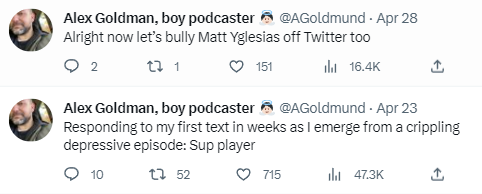



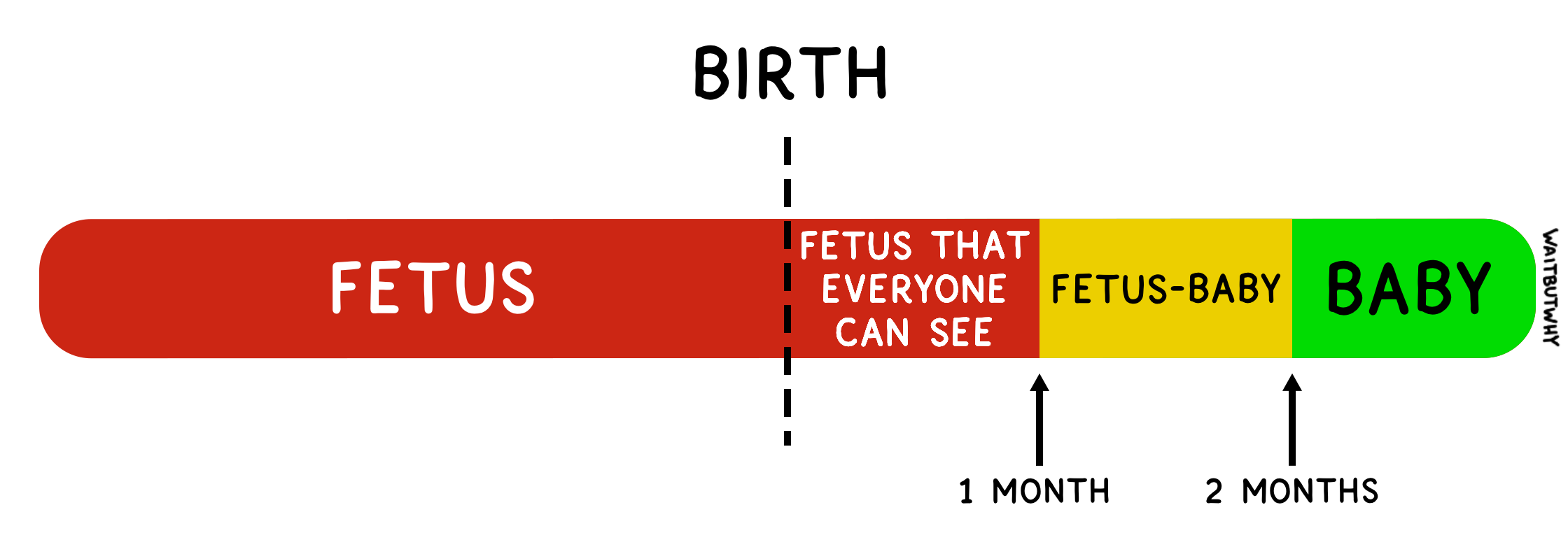

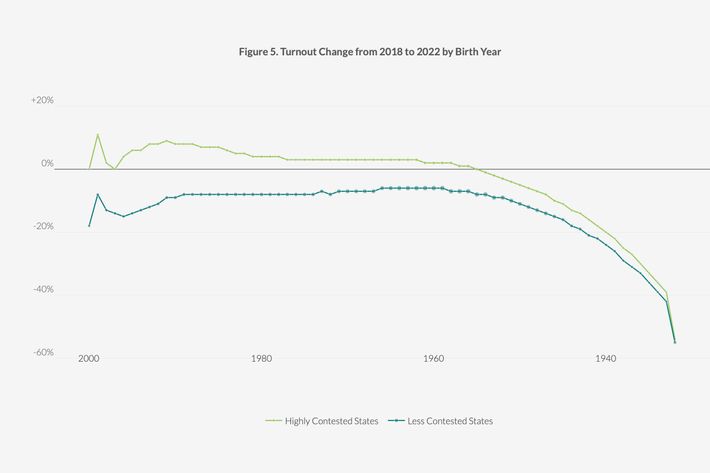
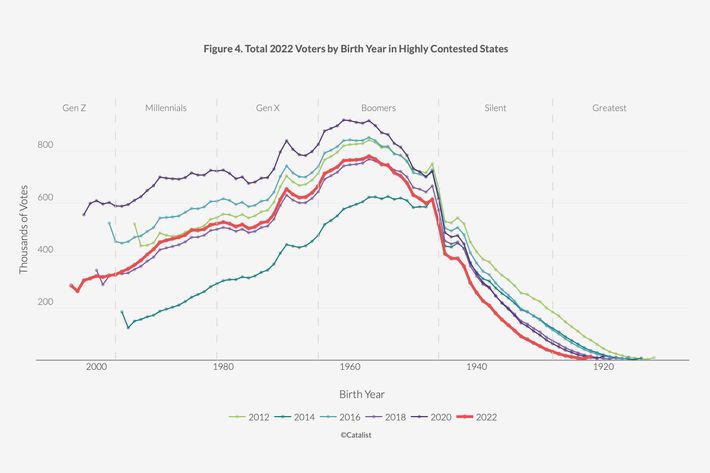
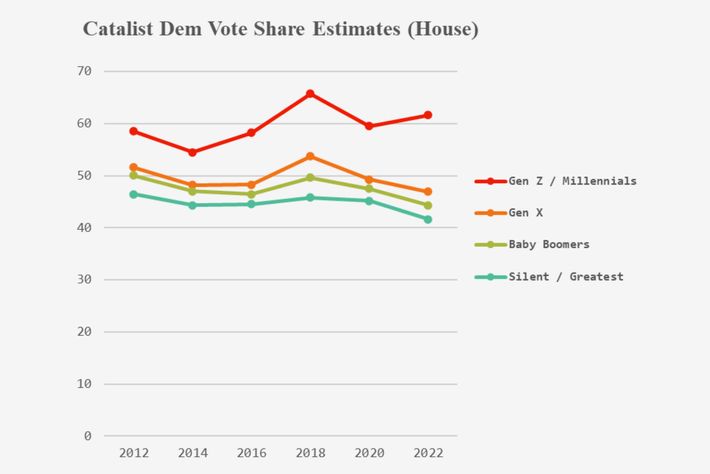
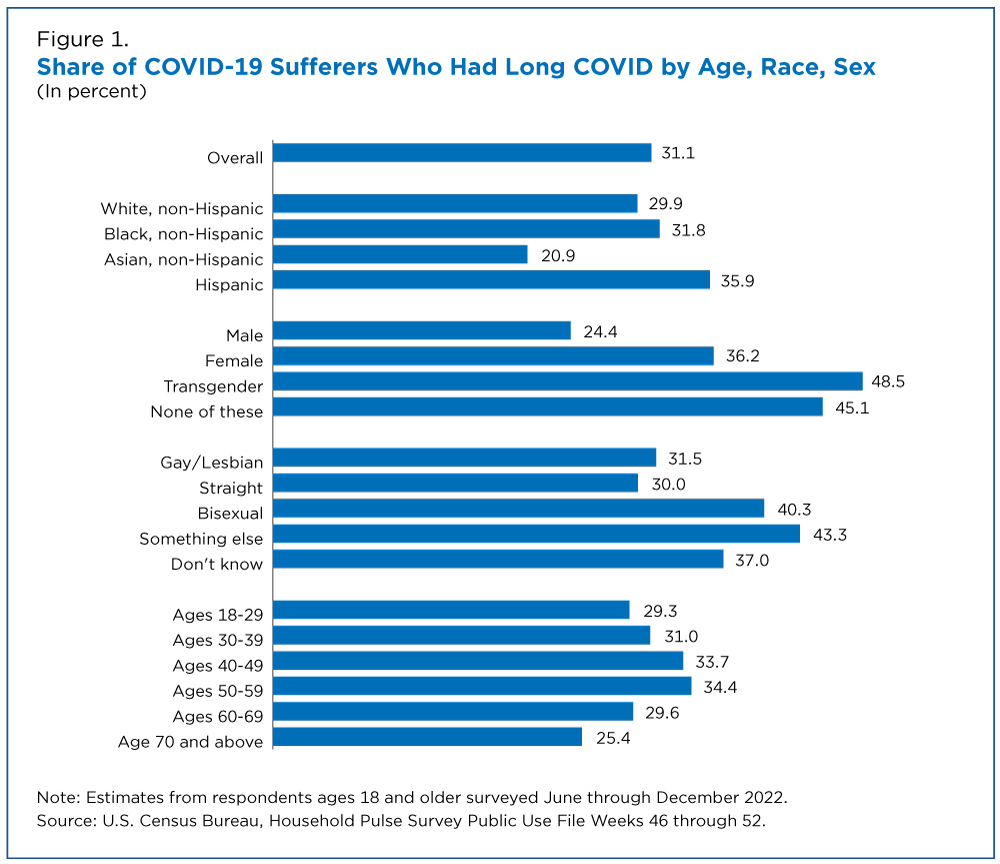
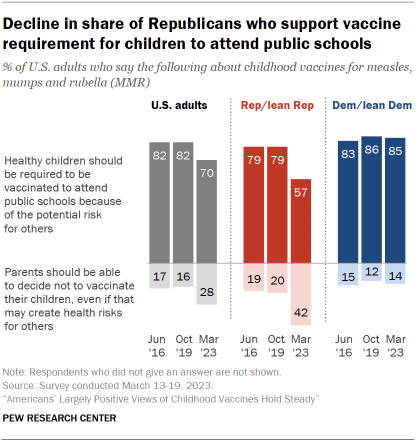
Recent Comments